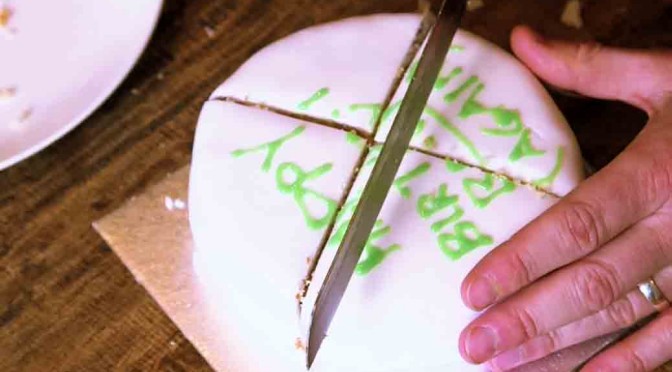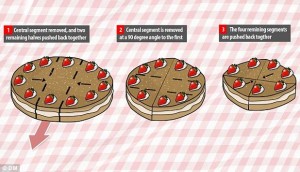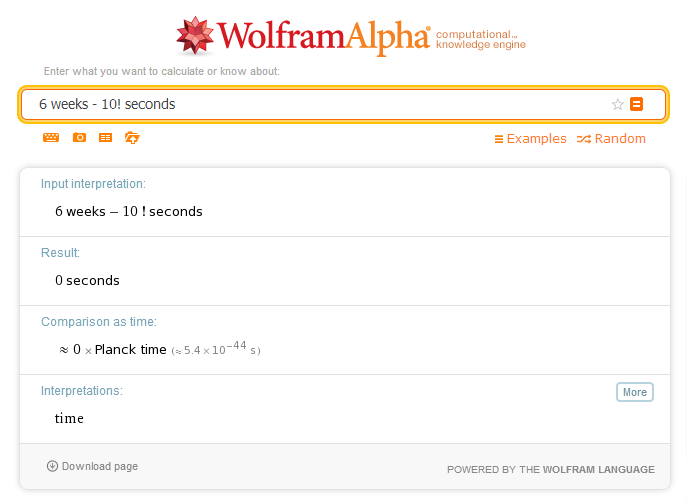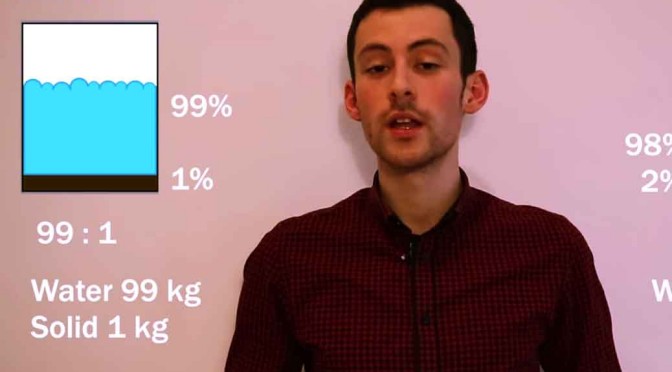There is no astrologer in the world that can tell you for sure if you’ll die this year or not. But, thanks to Gompertz Law, if you ask me, there is one thing I can tell you for sure – Whatever may be the odds of you dying this year, in 8 years, the likelihood of you dying will double.
This dreadful law of death was named after the first person who noted it – Benjamin Gompertz, in the year 1825. The law rests on a general assumption that a person’s resistance to death decreases as he ages. The Gompertz Law of mortality, put simply in a sentence would compute to this:
Your probability of dying during a given year doubles every 8 years.
It is amazing, and no one knows how it works exactly. Why does nature pick the number 8, to double our likelihood of death? We’ll probably never know.
There is a whole table which relies on census data, and statistically notes the probabilities of people dying at different ages. And when it is plotted on a Probability of death vs. Age graph, you get an exponentially increasing mortality rate with age. That is death coming faster as you get older.
Gompertz Law can be verified for real-life data – the 2005 US census data. The following graph and the probability vs. age plotted using the law match almost perfectly. Amazingly, the law holds true for several other countries too.
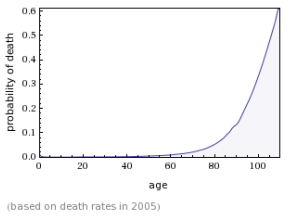
That means, the probability of me, a 25-year-old dying during the next year is very small — about 1 in 3,000. When I become 33, this probability will grow to something around 1 in 1,500. In the next 8 years, the probability of me dying will be 1 in 750, and so on…At the age 100, the probability a person’s death will be about 1 out of 2 – fat chance of successfully moving on to 101!
Theoretically, using this data, it can be said with 99.999999% certainty that no human will ever live to the age of 130 (of course only if medicine doesn’t start tampering with human genes, or some other artificial factor). There is one thing for sure – there is almost no chance that you are going to beat Mr. Ming.
If you liked this article, do
subscribe to my daily newsletter to receive the full articles in your mail everyday. What could be better way to make sure that you learn at least one new thing everyday.
